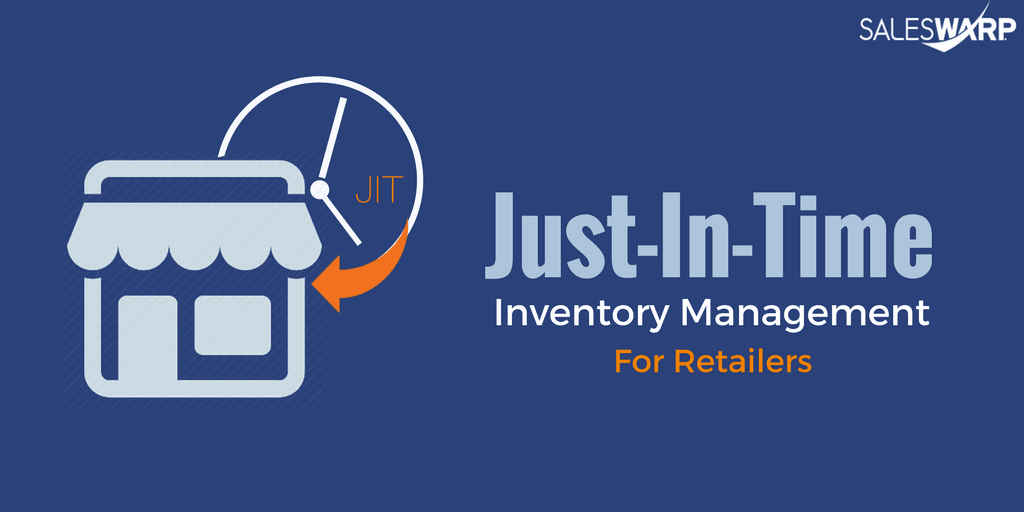

Plus, established businesses are more likely to have the kinks worked out of their production and supply chain processes, and they have a better idea of what to expect in terms of seasonality and demand fluctuation.Īll this makes it easier to actually get your replenishment orders when they’re needed and reduce your inventory costs. Older businesses tend to have trusted vendors, which better allows them to form the type of close, mutually beneficial partnerships with their vendors that are necessary to make a JIT system work.
Just in time inventory management definition software#
An inventory control or inventory management software that can process replenishment orders quickly (or automatically)īased on these criteria, we believe JIT systems are best for established businesses.An efficient customer order fulfillment system.

Smooth supply chain management (with dependable third-party logistics providers).

Reliable suppliers that follow the same production schedules consistently (while still producing high-quality products).Short turnaround times on inventory production.JIT systems tend to work best when your business has all of the following: Overall, inventory management is an excellent strategy for any business that sells physical goods. It can help you organize your warehouse, track inventory movement across multiple locations, and even integrate with your other business solutions (like your point-of-sale or accounting software). Most importantly, though, inventory management makes your life easier in general. Inventory management can also help you keep inventory costs low-which is important since high storage fees, shipping fees, and manufacturing fees can all eat into your profit margins.īelieve it or not, good management solutions can also enhance your customer service, since they help you keep product in stock, improve your customer order fulfillment, and track sales across multiple channels. Inventory management systems help you avoid overbuying products that don’t sell. Following this pattern on an ongoing basis ensures you don’t have to store more components than you actually need. The goal would then be to time your production rates and forecast demand so you receive your replenishment order just in time to avoid a stockout. These cards are collected, then used to trigger a replenishment order-just for the number of components or amount of raw material you’ve used. Once the component is used to complete a finished product, the card is removed and sent back up the production line. In a Kanban system, you’d attach a card (either physically or digitally) to every component or raw unit. To solve this problem, you might opt to use a JIT inventory management technique, like the Kanban system. Let’s say you’re running a manufacturing business, and you’ve currently got so much raw material on hand that it’s taking up space on your shop floor and slowing down the production process.


 0 kommentar(er)
0 kommentar(er)
